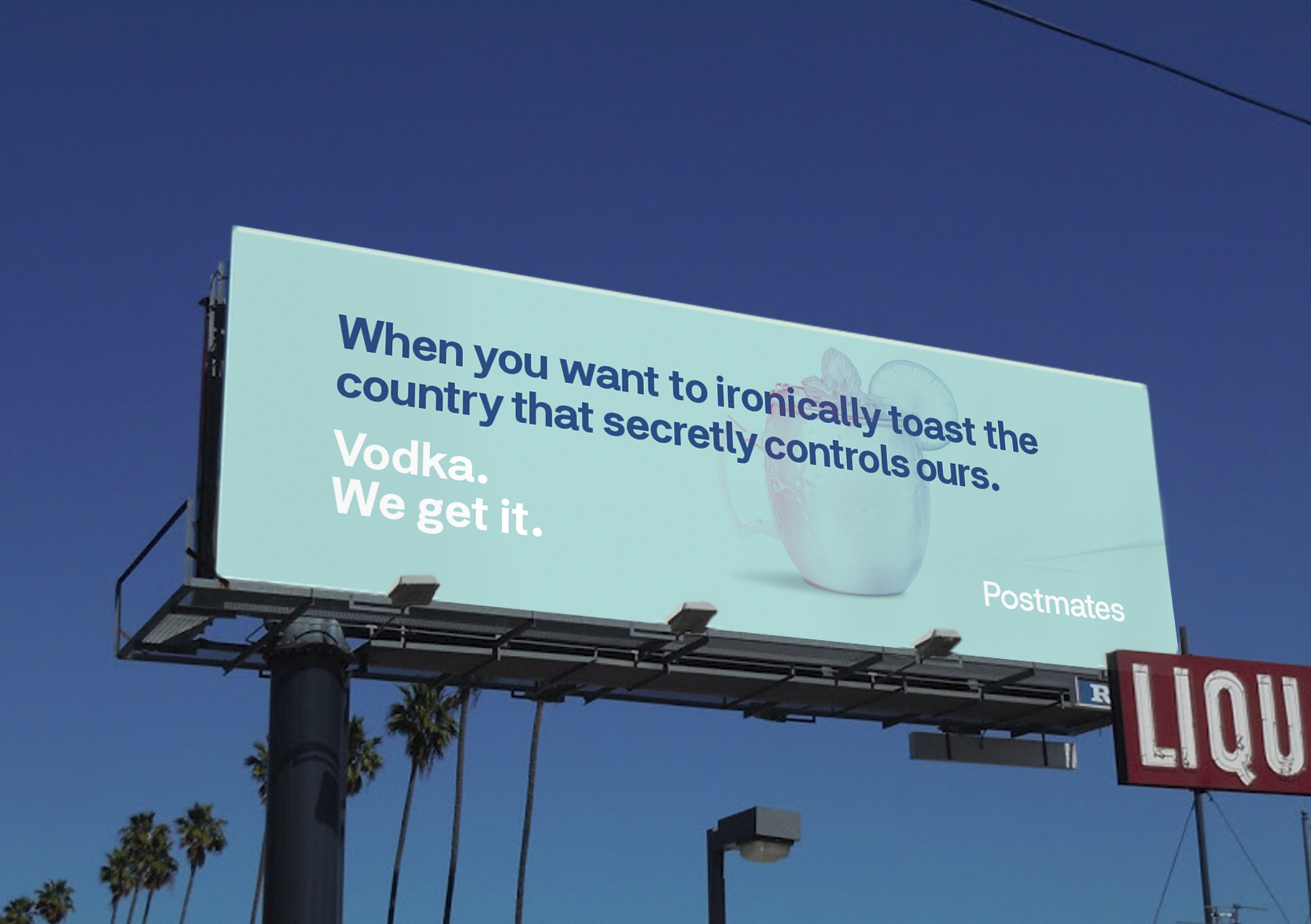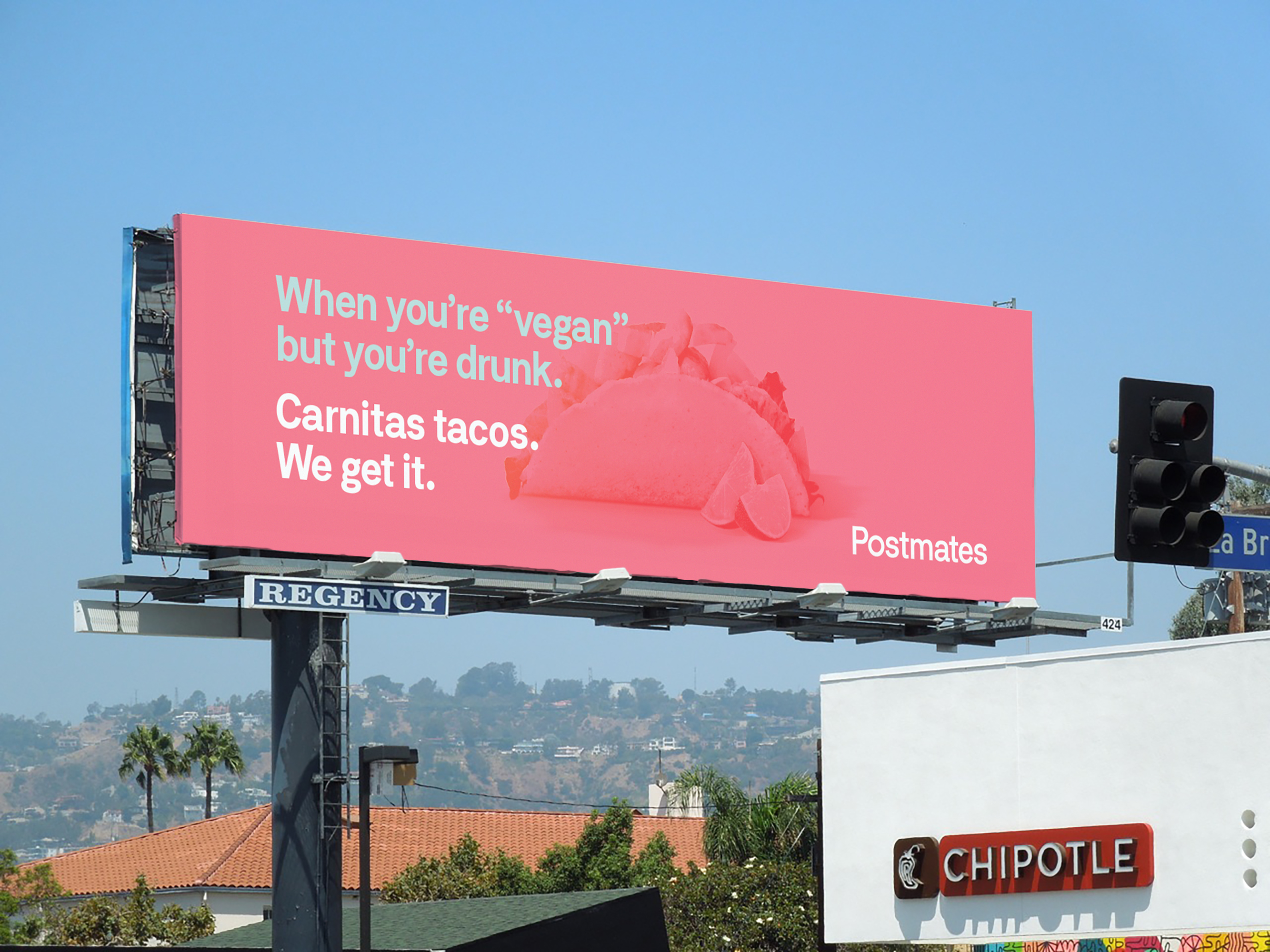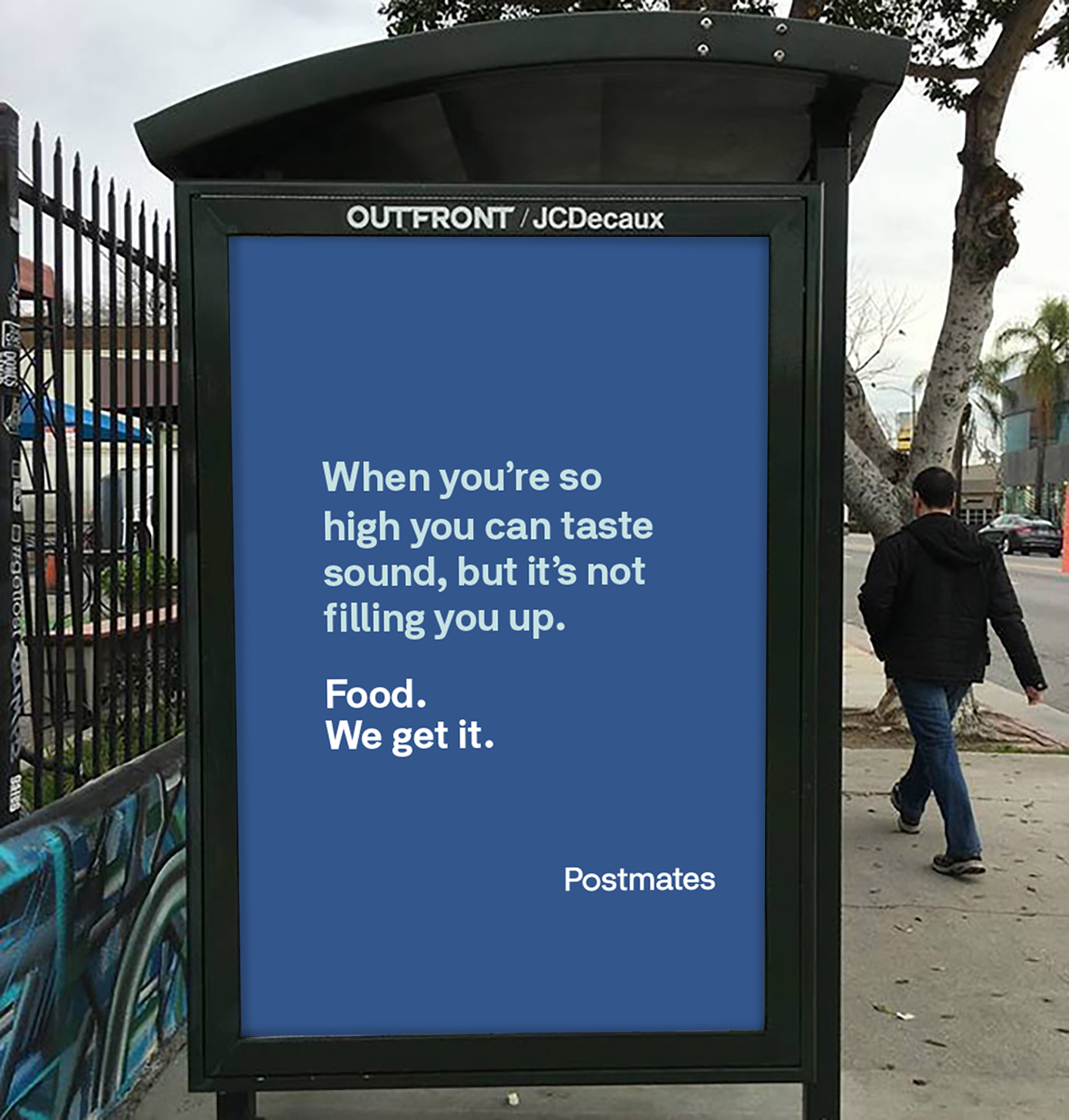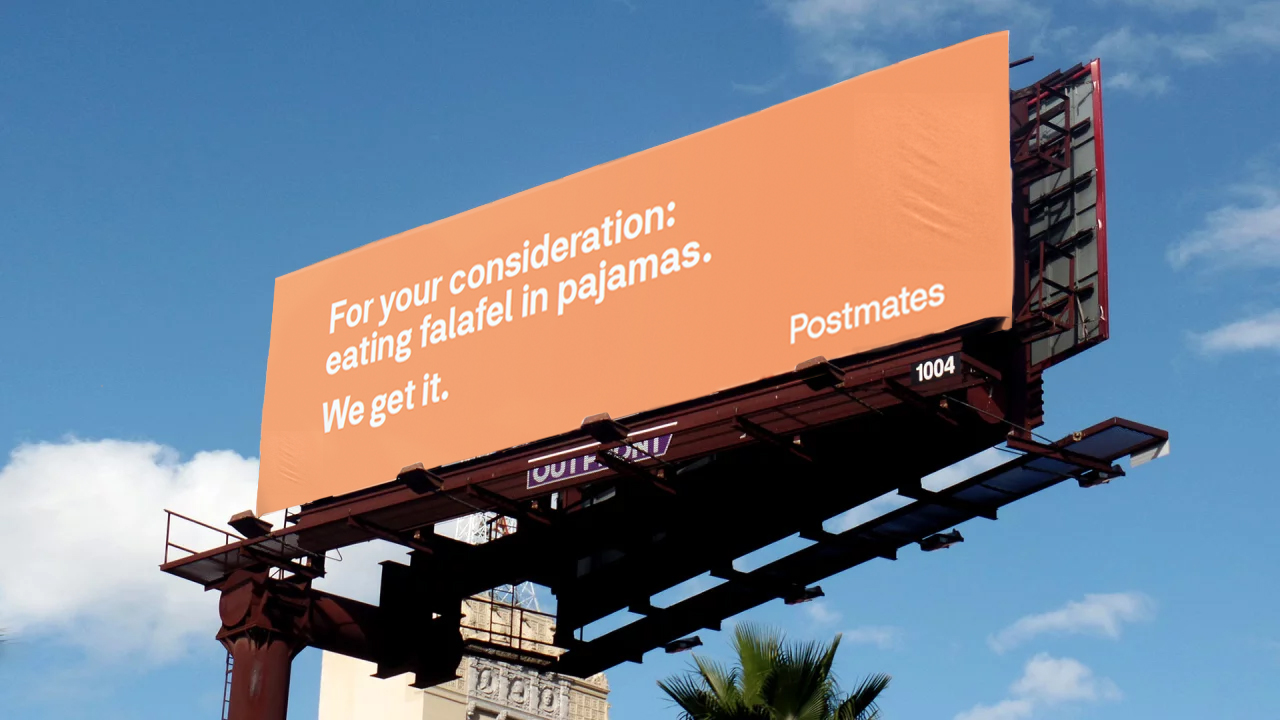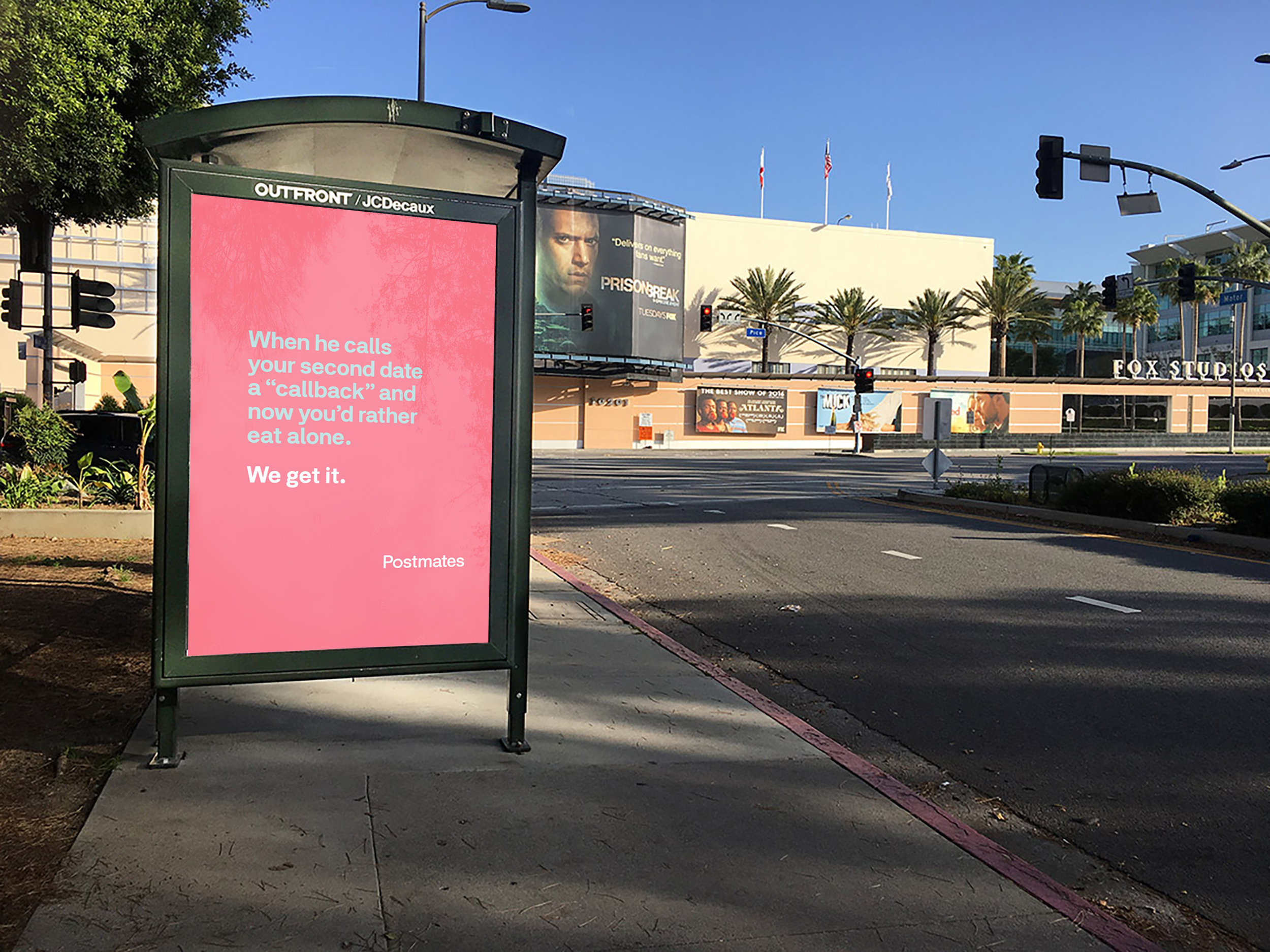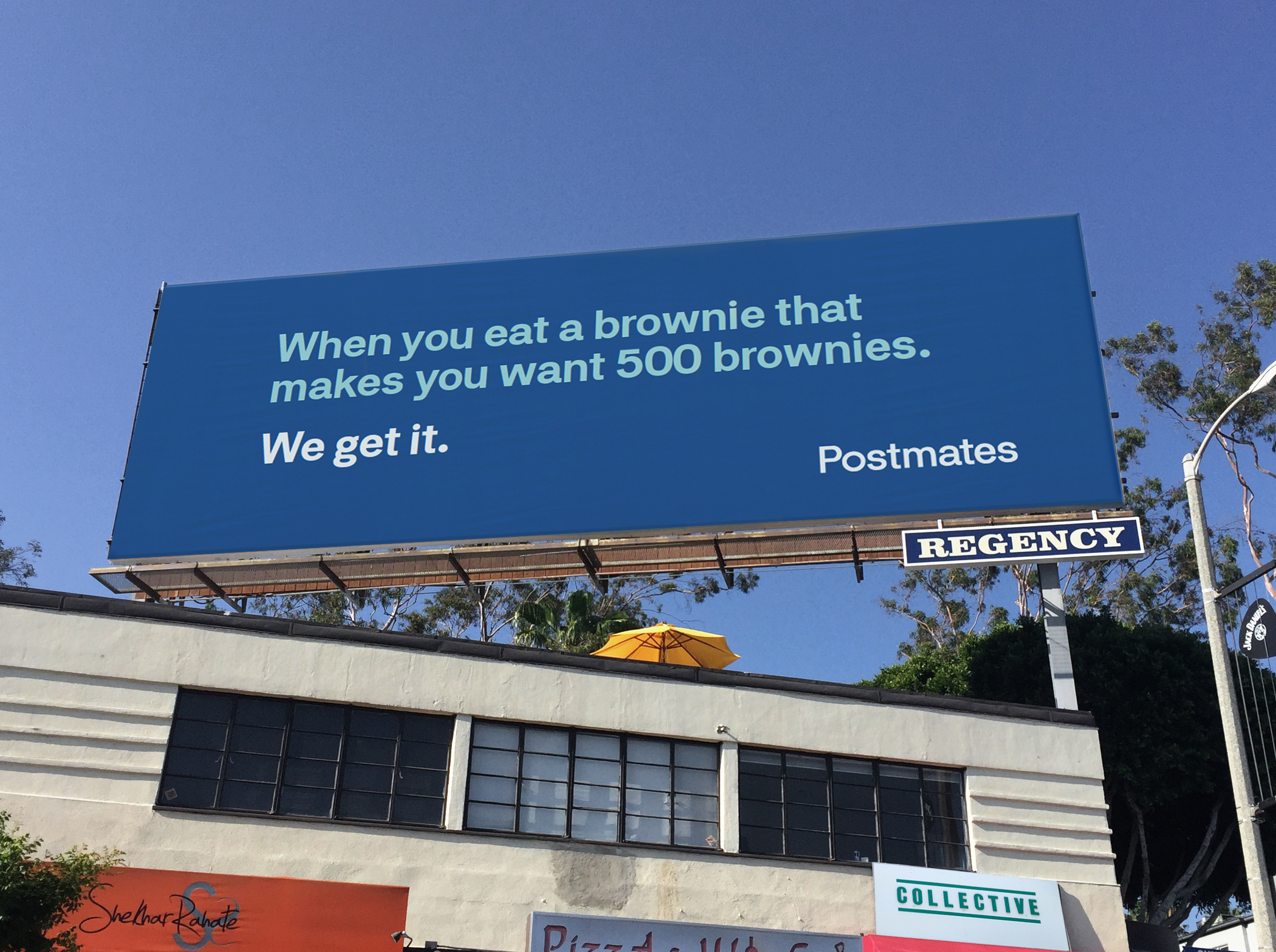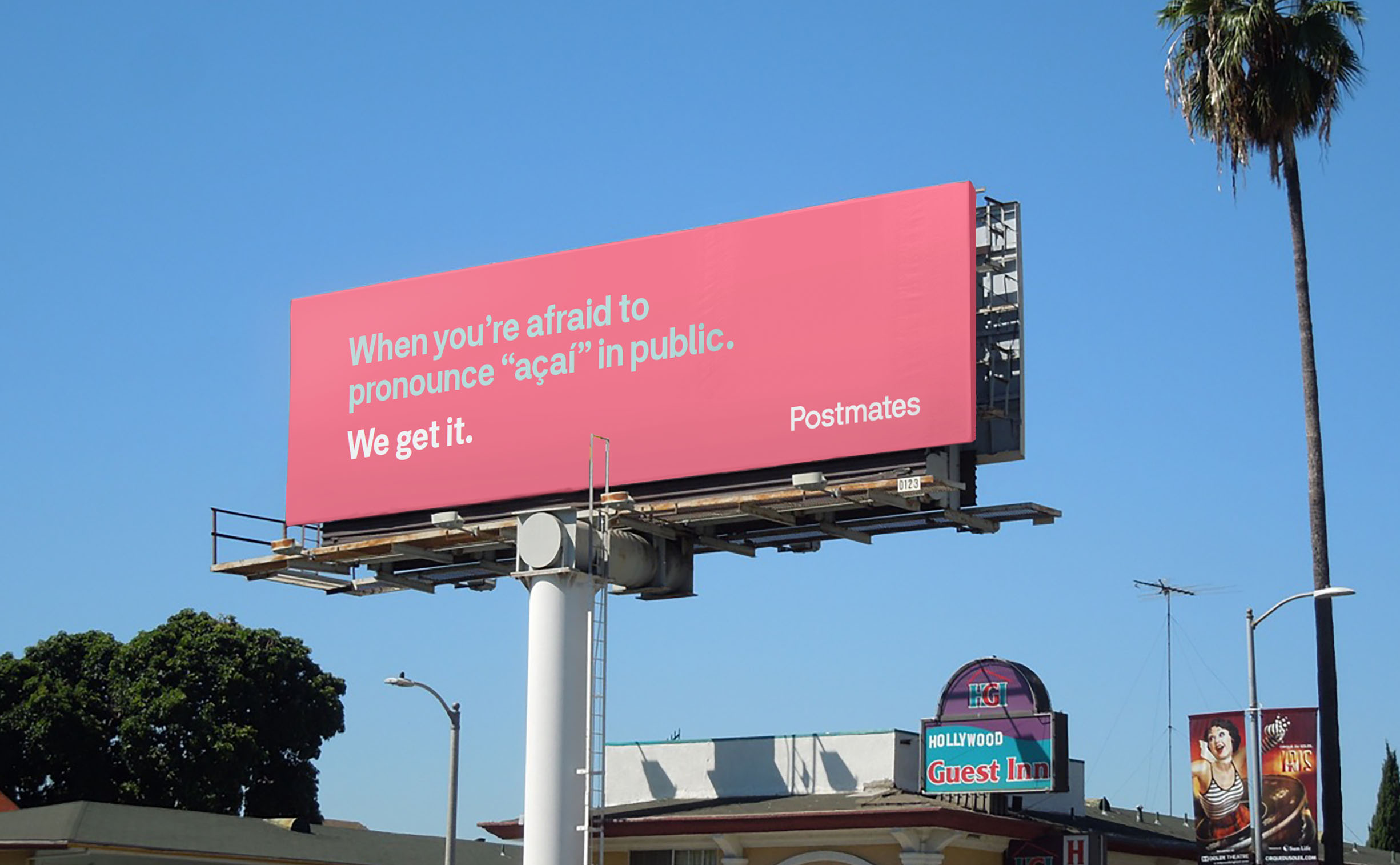Take the National Express when your life’s in a mess. It’ll make you smile. All human life is the weekend.
Describe your worst drunk experience in six words (thanks, J).
Death-tribute cartoons are a special kind of awful.
What the fuck is my social media strategy?
Salvage:
https://vimeo.com/channels/bestofthemonth/254932961
Honest trailers: every Wes Anderson movie (thanks, B):
TSIRKU:
https://vimeo.com/channels/bestofthemonth/249579173
